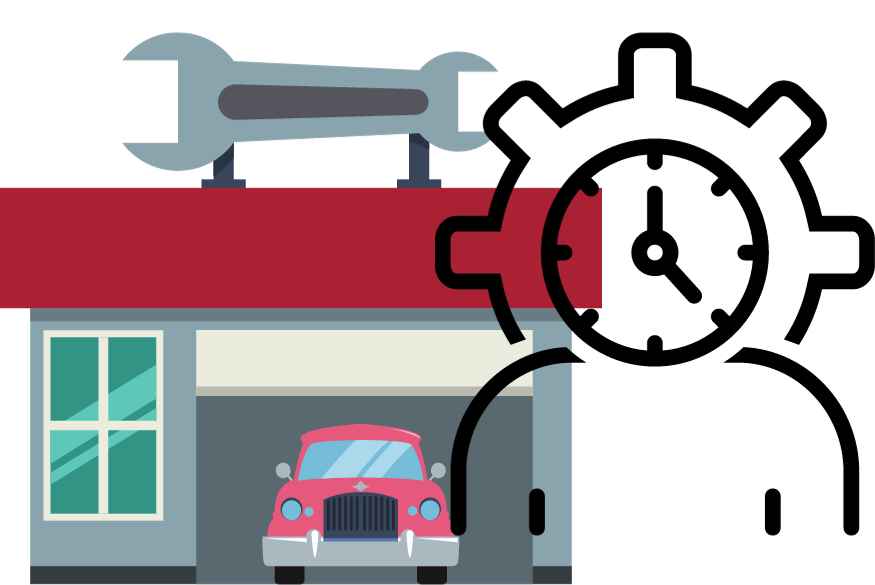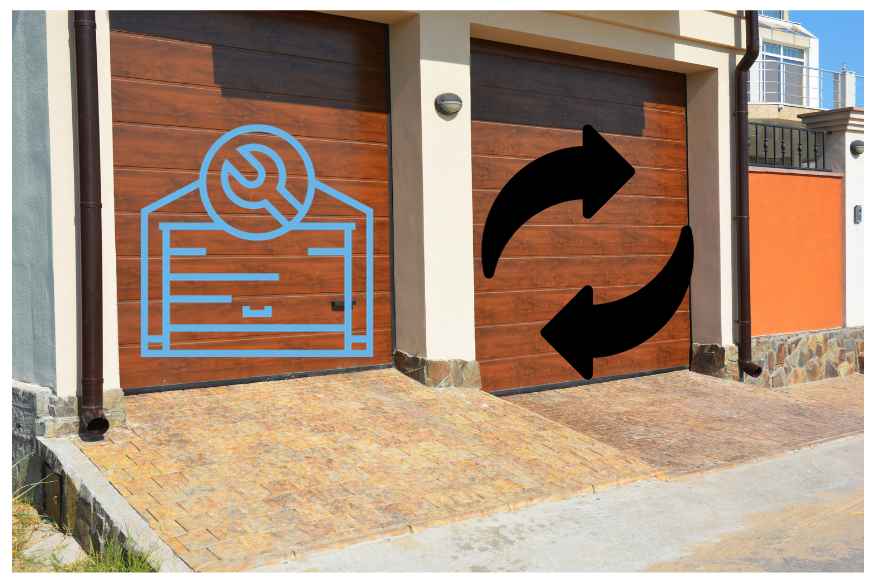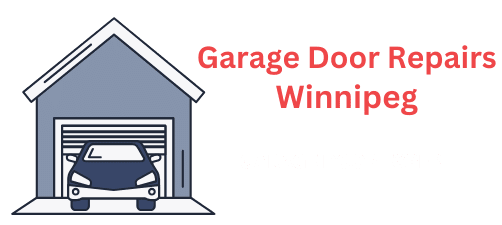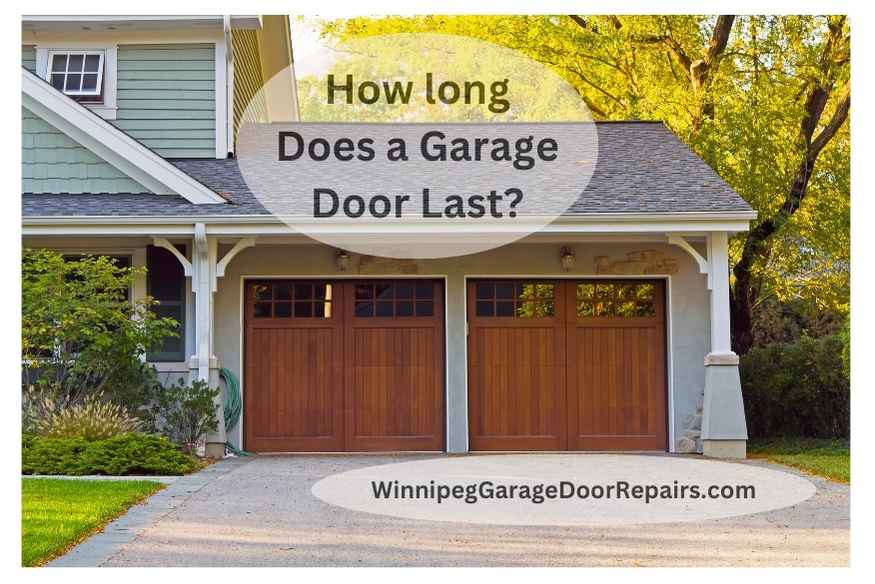Have you ever wondered when it’s time to replace your garage door? This article will explore how long garage doors typically last, what factors affect their lifespan, and the role of residential garage door repairs Winnipeg in maintaining your door’s condition.
You’ll gain valuable insights on maintaining your garage door to extend its life, whether it’s through regular servicing or timely repairs. We’ll cover types of garage doors, joint issues, and when to consider a replacement. Understanding this can save you time and money in managing your home’s needs. So, let’s get to it!
Garage Door Lifespan – How Long Do They Last?
Your garage door is more than just an entrance; it’s a part of your home that keeps your car safe and boosts your house’s look. Most garage doors last between 15 to 30 years. But, like caring for a vehicle, maintaining your garage door dramatically matters.

Regular care can help it last even longer than expected. Think of your garage door as a long-term part of your home. With the proper attention, it can serve you well for many years.
Factors That Affect Your Garage Door’s Life Span
Your garage door’s life depends on several factors, choosing between Choosing Garage Door Repair Vs. Replacement in Winnipeg is a significant decision. Firstly, the material is crucial. Metal doors often outlast wooden ones, which are more vulnerable to weather damage like rain or heat. Usage frequency also impacts longevity; frequent use can accelerate wear and tear. Addressing common issues like fixing a gap on one side of the garage door promptly can prevent further complications and may influence your decision between repair and replacement.
Regular maintenance is critical. Addressing minor issues early on, such as ensuring proper alignment and keeping the door clean, significantly extends its life and can sway the decision towards repair rather than replacement. The local weather in Winnipeg also plays a role; extreme conditions can wear out the door more quickly, potentially leading to replacement over repair.
Lastly, the initial quality of the door and its components is vital. Investing in a high-quality door can mean fewer problems down the line, including less frequent occurrences of uneven gaps or alignment issues, thus influencing the repair versus replacement decision.
Read More:- Why Does My Garage Door Only Open a Few Inches?
When to Replace an Old Garage Door?
Knowing when it’s time for a new garage door is essential. This isn’t just about looks; it’s about safety and efficiency too. Here are some clear signs:

- Persistent Noises: If your door makes a lot of noise despite regular maintenance, this could mean it’s wearing out.
- Slow or Uneven Opening: A door that struggles to open or closes unevenly is a sign of serious issues.
- Frequent Repairs: Are you constantly fixing your door? If so, a new one might be more cost-effective.
- Age Factor: Is your garage door over 20 years old? Older doors often lack modern safety features and aren’t as energy-efficient.
- Safety and Security: Newer models improve safety features and better secure your home.
Replacing your old garage door can make your home look better and improve its safety and efficiency. It’s a smart move for peace of mind.
Must Read:- Chamberlain Garage Door Opener Battery Beeping
Ways to Increase Your Garage Door’s Life Span
Keeping your garage door in top shape isn’t just about fixing it when something breaks. Regular maintenance is critical. Here are some easy steps to follow:
- Clean the Tracks: Dust and debris in the tracks can cause your door to run roughly. Regularly cleaning the tracks ensures smooth operation.
- Lubricate Moving Parts: Parts like springs, rollers, and hinges need lubrication at least once a year. This reduces friction and wear.
- Inspect for Wear and Tear: Look for signs of damage, like frayed cables or dented tracks. Early detection of these issues can prevent more significant problems.
- Professional Inspections and Tune-Ups: Having a professional check your garage door annually can be a game-changer. They can spot issues you might miss and make adjustments to ensure everything is working correctly.
- Operate Gently: Avoid slamming your garage door or using it unnecessarily. Gentle use reduces strain on the mechanical components.
- Replace Weather Sealing: The weather stripping at the bottom of your door keeps out elements and pests. If worn out, replace it to protect the door and improve insulation.
- Keep an Eye on the Balance: Your garage door should stay in place when lifted halfway. If it doesn’t, it might be off-balance, which puts extra strain on the opener.
- Check the Auto-Reverse Features: Ensure the auto-reverse mechanisms (mechanical and photocell) work correctly for safety and functionality.
By following these steps, you can significantly extend the life of your garage door, ensuring it remains functional and safe for years to come.
Conclusion
Your garage door plays a significant role in the functionality and aesthetic of your home. By understanding the factors that affect its lifespan and taking proactive steps to maintain it, you can ensure that your garage door remains a valuable and enduring part of your home. Regular care not only extends the life of your garage door but also enhances home security and can save you money in the long run. Remember, a little attention can go a long way in preserving the life and function of your garage door.







